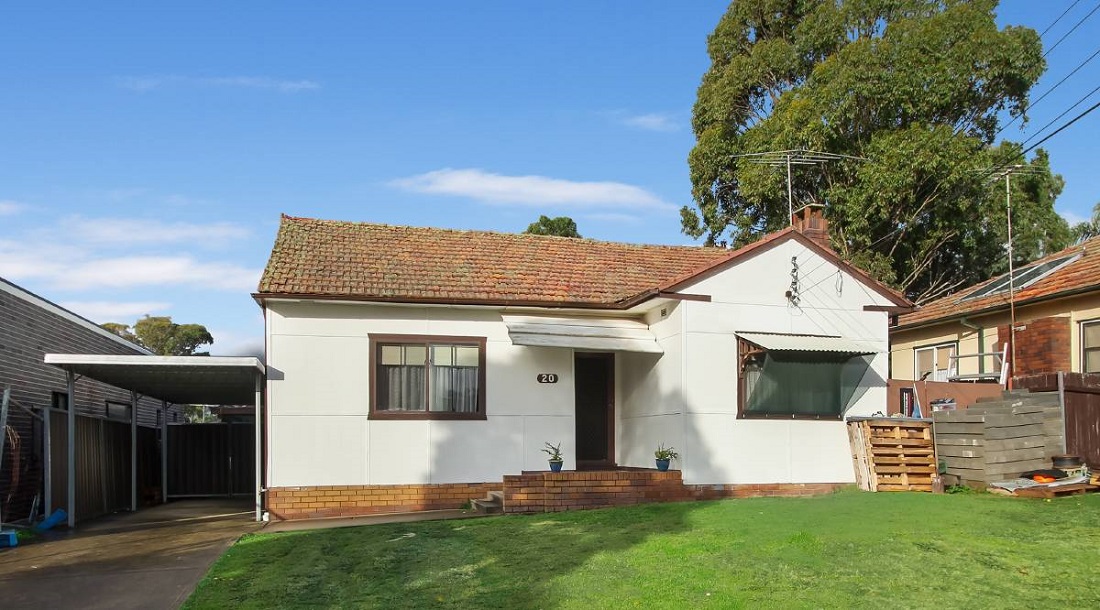
28 Jan Dealing with asbestos in a rental property
If your investment property was fully or partially build prior to 1990, there is a chance that materials containing asbestos were used. Its affordability, durability, insulating and fire resistant properties meant that asbestos products were widely used across Australia. With some homes having a small amount – in the electrical switch panel, to others built with asbestos roof tiles, internal and external walls.
Current advice with regard to the presence of asbestos is basically to leave the material alone and undisturbed if it is not damaged or worn. Asbestos is only safe when it is still in its ‘bonded’ state (compacted, painted etc). Any change to this condition needs urgent attention.
Where can asbestos be found?
• Flat or corrugated sheeting (commonly called “fibro” or “AC sheeting”)
• Water or flue pipes
• Roof shingles, tiles and corrugated asbestos sheeting (used for roofing and fencing)
• Flexible building boards
• Imitation brick or timber cladding
• Textured paint
• Vinyl floor tiles
• Backing of linoleum floor coverings
Loose asbestos may be found in some older forms of insulation used in domestic heaters and stoves.
What to do with damaged asbestos
As a landlord, you are legally bound to made sure the rental property is in good repair and safe for the tenant to inhabit. And there are legal requirements that must be adhered to in the handling, removal and disposal of asbestos.
If you plan to remove asbestos from a property yourself, then you are limited to removing 10 square metres or less of asbestos containing material or obtain a removal certificate under requirements of the Department of Health. Otherwise it may be better to engage a licensed asbestos removalist to do the work.
The tenant must be informed if asbestos removal is scheduled. If the work is being done by a contractor then site is deemed to be a workplace and OHS regulations will apply. This may mean the tenants will have to vacate the property whilst the work is undertaken. The onus is on the contractor to a) inform all parties and b) ensure the protocols are followed. If the tenant must vacate while the work is done, then the landlord must pay for alternative accommodation.
Further information Government authorities in each state have good resources available online. An excellent website is asbestosawareness.com.au They have a Healthy House Checklist which you may find useful in assessing the asbestos issue in your property.



Sorry, the comment form is closed at this time.